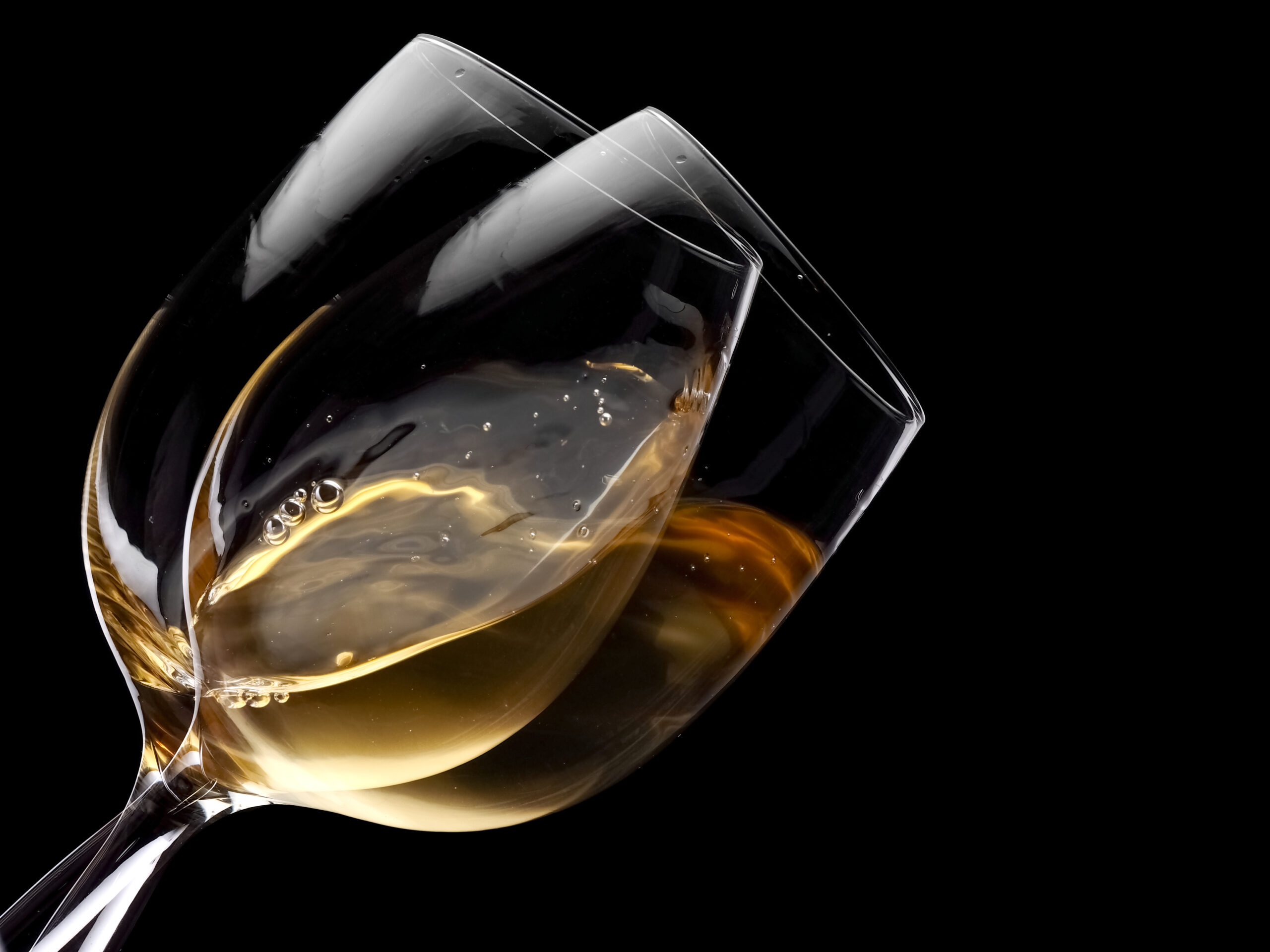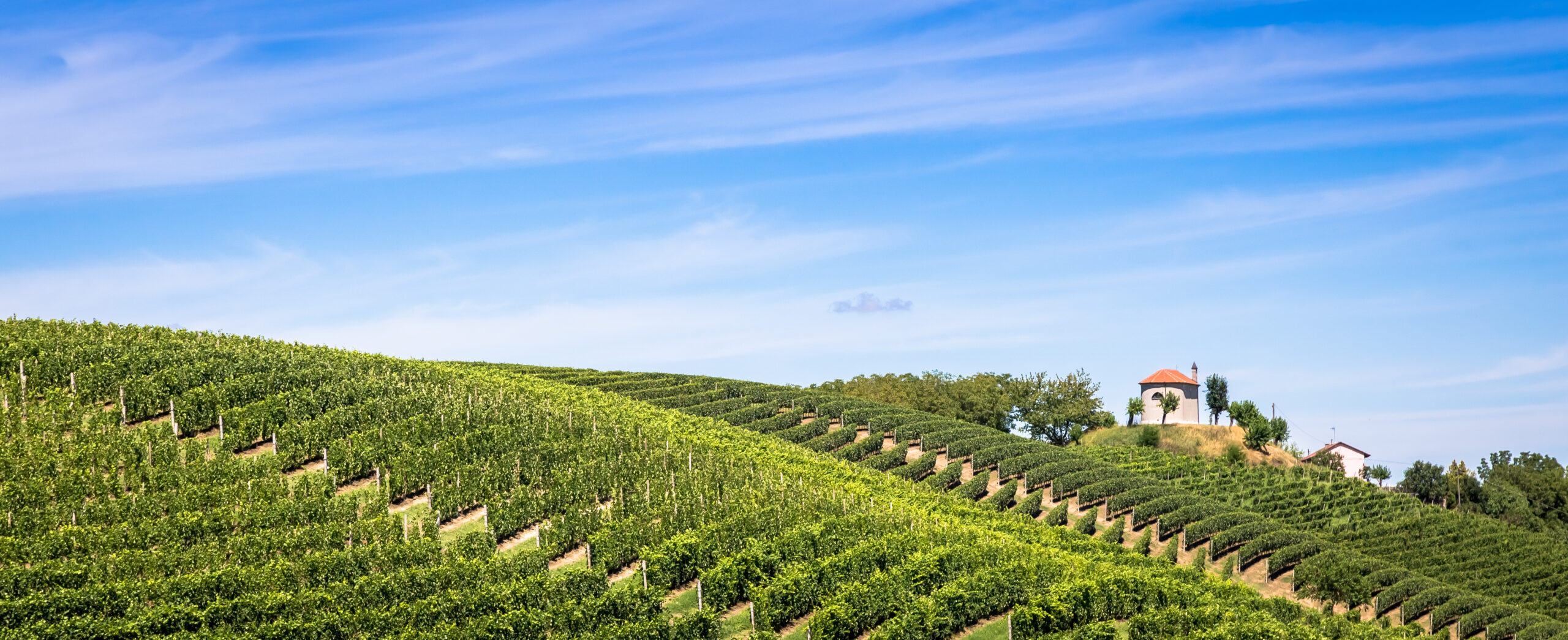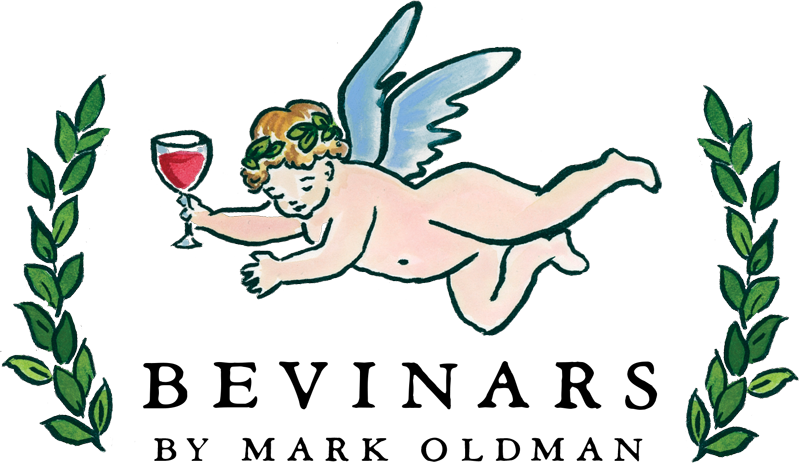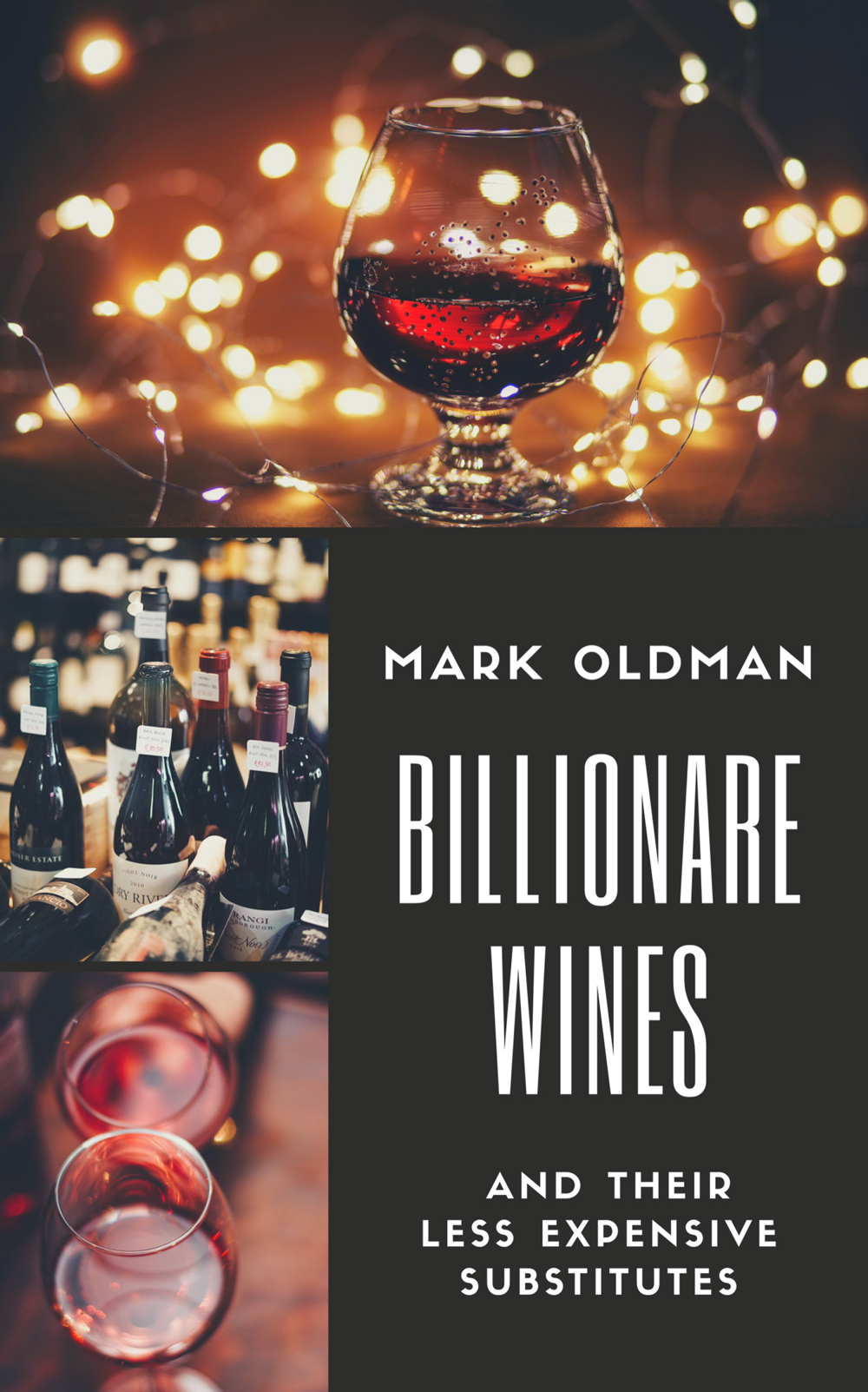Moscato: the Good, the Bad, and the Ugly

In the history of wine, Moscato carved a long, unique, and fascinating path. This aromatic varietal has captivated the taste buds of both seasoned wine enthusiasts and newcomers. It serves as an enticing entry wine for novices when made in a sweet wine style, and you will find wines called “Moscato” in both Italian and Spanish, from inexpensive Chilean offerings to sophisticated Italian options. Indeed, the Moscato wine story is a tale of contrasts — the good, the bad, and the ugly.
Exploring Moscato involves journeying into its ancient origins, the diverse styles found in different regions, and the sharp divide between fine Moscato wines and their more affordable, often underwhelming counterparts. Additionally, this article delves into the intriguing debate of still versus sparkling Moscato, which adds another layer of complexity to this alluring wine. There’s much more to learn about Moscato wine than we can cover here, so to continue your wine education journey, consider a virtual class.
Moscato Wine's Ancient Origins
To truly appreciate Moscato’s nobility, one must travel back to ancient times. The Moscato grape counts among the oldest grape varieties, with a rich and storied history. The Oxford Companion to Wine includes it as “one of the world’s great and historic names, of both grapes and wines.” Moscato wines have very high concentrations of monoterpenes, which results in pronounced floral and fruit fragrances.
The ancient Greeks named it anathelicon moschaton and Pliny the Elder called it uva apiana, grape of the bees! Its origins can be traced to the Mediterranean region, with roots extending deep into the history of Greece and Italy. The very name “Moscato” dervies from the Italian term “mosca,” which means fly, owing to the grape’s attraction to these insects. The Muscat family includes numerous distinct grape varieties, each producing wines with a unique profile.
Muscat Blanc à Petits Grains, often considered the most noble, produces sweet and intensely aromatic wines, including the renowned Moscato d’Asti. Winemakers prize Muscat of Alexandria, an ancient and widely cultivated variety, for its sweet and floral notes, often used in dessert wines. Muscat Ottonel’s renown stems from its fragrant, citrusy aromas, and it is commonly used to create off-dry and floral white wines.
The Greeks, much like modern-day wine enthusiasts, appreciated its sweet and fragrant characteristics. In Italy, Moscato found its true home in the sun-soaked regions of Piedmont, where it is still widely cultivated today. Its history in Piedmont dates back to Roman times, with historical records documenting its prevalence in the 14th century.
The Variety of Moscato Wine Styles Across Different Regions
This diversity of possible styles heightens Moscato’s allure. Whether you prefer a still or sparkling Moscato, a style to suit every palate awaits. From sweet and lightly sparkling Moscato d’Asti to the more effervescent Moscato d’Asti with a gentle frizzante or even fully sparkling Moscato, abundant options exist.
- Asti DOCG: This type of Asti Moscato typically has an alcohol content ranging from 7% to 9.5%. It is known for its pronounced effervescence, with fine bubbles that give it a light and refreshing character. The bubbles in Asti DOCG are the result of a secondary fermentation in a sealed tank, which captures the natural carbon dioxide produced during fermentation.
- Moscato d’Asti: Moscato d’Asti generally has a lower alcohol content, typically around 5.5% to 7.5%, which means more residual sugar. The effervescence in this wine is also present but tends to be gentler and less intense compared to Asti DOCG. The bubbles are finer, creating a creamy mouthfeel called frizzante. Like Asti DOCG, Moscato d’Asti achieves its effervescence through a controlled fermentation process, but it’s less like Champagne.
- Asti Spumante = Effervescence: Asti Spumante is known for its bubbles; this wine generally offers more robust and persistent compared to Moscato d’Asti. The bubbles in Asti Spumante are lively and intense, creating a lively and bubbly sensation when you sip it. The effervescence is a key characteristic of this wine, and it often displays a creamy, frothy mousse.
Outside of Italy, Moscato has found a welcoming home in regions such as California, Chile, and Australia. These new-world producers have embraced the grape, offering their interpretations of this classic varietal. Chilean and Californian Moscatos often tend to be fruit-forward with balanced sweetness, making them accessible to a many.

Contrasting Fine Moscato Wines and Inexpensive Alternatives
Now, let’s address the stark contrast between fine Moscato wines and the inexpensive, characterless bottles that flood the market for under $10 a bottle. Moscato quality can vary significantly. The difference lies in the winemaking process, the grape source, and the attention to detail. Here are some notable examples to highlight this contrast:
Fine Moscato Wines:
- Vietti Moscato d’Asti: Vietti, a renowned producer in Piedmont, crafts a superb Moscato d’Asti. Their wine is a harmonious blend of floral and fruity notes with a crisp, balanced sweetness.
- Michele Chiarlo Nivole Moscato d’Asti: Another celebrated producer in the Asti region, Michele Chiarlo, offers Nivole Moscato d’Asti, a wine characterized by its elegant and aromatic profile.
- Innocent Bystander Moscato (Australia): For a new-world perspective, Innocent Bystander’s Moscato from Australia is a delightful choice, boasting lively fruit flavors and a slight effervescence.
Inexpensive, Characterless Moscato:
- Bulk Produced, Mass-Market Brands: In the sub-$10 category, you’ll often encounter bulk-produced Moscato wines that lack depth and complexity. Many are made in Chile, but France must be included as well. These wines are designed for mass consumption, prioritizing affordability over quality.
- Off-Brands and Blends: Some Moscato offerings in this price range might not even prominently feature the Moscato grape. They may contain blends of lesser quality grapes, diluting the true Moscato experience.
Still vs. Sparkling Moscato: The Debate
The debate among wine lovers between still and sparkling Moscato adds another layer of complexity to this grape’s narrative. While the basic distinction between the two lies in their level of effervescence, the choice ultimately depends on personal preference.
Still Moscato, as exemplified by many traditional Moscato d’Asti wines, offers a smoother and less fizzy experience. It emphasizes the grape’s aromatic and fruity characteristics while maintaining a touch of sweetness. These wines can be perfect for sipping on their own, as an aperitif, or as an accompaniment to a variety of dishes, particularly those with a touch of spice or richness.
By contrast, sparkling Moscato, with its lively effervescence, provides a more vibrant and playful experience. The bubbles elevate the aromatic qualities and lend a refreshing quality to the wine. Sparkling Moscato is often served chilled, making it an ideal choice for warm weather or as an aperitif.
The decision between still and sparkling Moscato is ultimately a matter of personal preference. Some wine enthusiasts prefer the classic allure of still Moscato, while others revel in the effervescent charm of sparkling versions. Either way, both offer a delightful Moscato experience.
In all, Moscato is a captivating wine with ancient roots and a variety of styles to suit different preferences. However, the market’s oversaturation with inexpensive, characterless Moscato wines sometimes overshadows the true beauty and craftsmanship that fine Moscato wines embody. The choice between still and sparkling Moscato further enriches this narrative, allowing wine lovers to explore and appreciate the multifaceted nature of this beloved grape.
The next time you explore a bottle of Moscato, remember to ponder its heritage, its origin, and the dedication of the winemakers. You’ll discover that within the world of Moscato, there is indeed a spectrum that ranges from the good to the bad and even the ugly, but it’s ultimately a journey worth taking.



